
Developing a strong industrial automation team
Panic’s in the air surrounding industrial automation employment, from engineering to production. While we don’t subscribe to the panic, we’re part of the automation universe so we face similar challenges. We design and manufacture electric and pneumatic linear actuators and motion control, so we need a wide variety of technical expertise from machinists, assemblers, technicians, quality control, engineers and more. We’re always working hard to attract and keep good people for our team.
Here’s how we’re approaching the issues of hiring and retaining great employees. We hope our practices can help you.
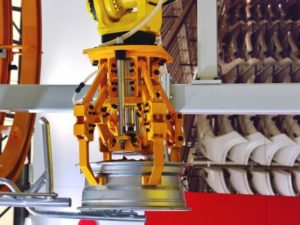
Lots more high-force linear actuator solutions with electric
Some machine designers still believe only hydraulic cylinders can handle high-force applications. But the fact is, electric high-force linear actuators are capable of 30,000 lbf (133 kN) maximum force and more, and they offer great affordability.
Some designers think the selection of electric high-force linear actuators is limited. But the truth is the range of electric high force actuation solutions is always expanding. With this expanding range of solutions, more existing applications can be converted to electric and new applications can gain the benefits of electric actuation.

How to ensure low cost linear motion
“People want to save money on their industrial automation systems,” says captain obvious. Equally obvious is the fact that no one wants to reduce output or product quality to save a buck. So how does a machine designer accomplish this? Save money without sacrificing performance and quality?
One way to ensure affordable automation systems and, specifically, low cost linear motion, is to stop looking at purchase price only and start thinking long term. Consider the total cost of ownership (TCO) of the equipment.
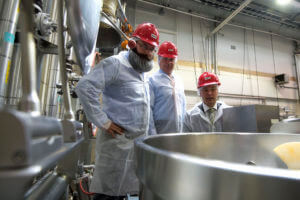
Keeping it clean: hygienic linear actuators for food safety
Cleanliness is serious business in food processing. The potential for contamination by microbes, chemicals and other foreign substances is real and always present. And food residue can be hard to eliminate. Keeping processing equipment clean makes good business sense. (Nobody wants their brand associated with foodborne illness.) Plus, the Food Safety Modernization Act (FSMA) makes it part of the law of the land. Food processors rely on their equipment to withstand the rigors of the processing environment. That’s especially true for hygienic linear actuators for food safety.
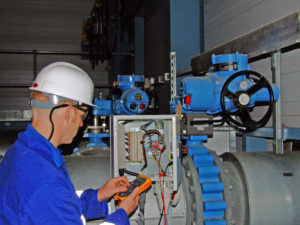
Electric valve actuators: The best choice for process control
Process engineers have several choices when it comes to actuators for rising stem valves – manual, pneumatic, hydraulic and electric. Manual actuators satisfy simple on-off needs. Pneumatic valve actuators are fast and low cost. Hydraulic systems can be a solution for high force applications and remote installations. For critical process control applications, though, electric valve actuators can deliver what process engineers are striving for - increased productivity, greater efficiency and less downtime. In other words, electric actuators improve processes and save money.
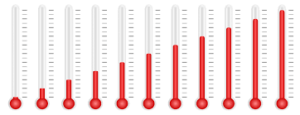
Chilly or scorching: linear servo actuator works in all temps
Machine designers know the problems hydraulic cylinders have in cold and hot weather – sluggish response due to thicker oil on the one hand and extensive maintenance downtime on the other caused by frequent seal failure. Plus, there’s the always-present threat of a costly fluid leak. An electric linear servo actuator can solve these challenges and lower operating costs at the same time.
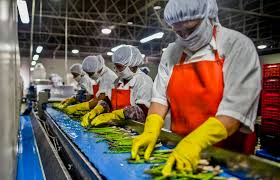
What to consider: electric actuators for food and beverage processing
Keeping things clean is a top concern in food and beverage processing operations because food safety is crucial. The Food Safety Modernization Act (FSMA), with its emphasis on preventing foodborne illness, puts even more pressure on food producers. Machine designers who serve this industry need to incorporate components that meet the industry’s demands. When it comes to electric linear actuators, there are several things a design engineer needs to consider, especially if the machine will be subjected to periodic washdowns.
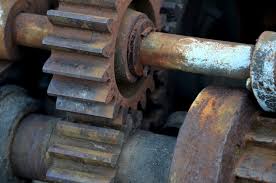
Stainless steel linear actuators stand up to corrosion, tough conditions
Machine designers who develop systems for harsh environments often need corrosion resistant components, including stainless steel linear actuators, to stand up to challenging environmental conditions. Corrosive agents, moisture and dust in manufacturing environments impact the performance and life of automationn components. Dust and debris may enter housings causing wear. Moisture may short electrical connections. Corrosive agents can eat away at housings, seals, fasteners and more. For confirmation that a component will stand up to environmental factors, we recommend the IP (International Protection or Ingress Protection) rating system.

Hush! Minimizing noise in electric linear motion systems
Under most circumstances electric linear motion systems are quiet. They certainly don’t create the hissing and bang-bang noises associated with pneumatic systems. However, there’s another type of noise that comes with electric systems of all types – electrical noise or interference.
This is a common occurrence caused by random fluctuations in electrical signals. If the amplitude gets high enough, electrical noise can disrupt the operation of devices like electric linear actuators. The results can be anything from erratic movements to complete system failure.
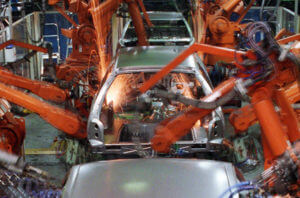
Electric servo actuators and welding robots build better autos faster
Robots are well-suited to high-volume processes like welding auto bodies because they can work quickly and consistently. Using electric servo actuators makes faster speeds and consistent weld quality possible while reducing costs.

 Ask an Engineer
Ask an Engineer